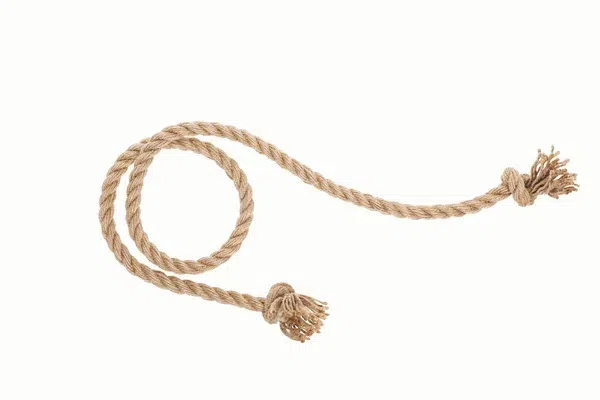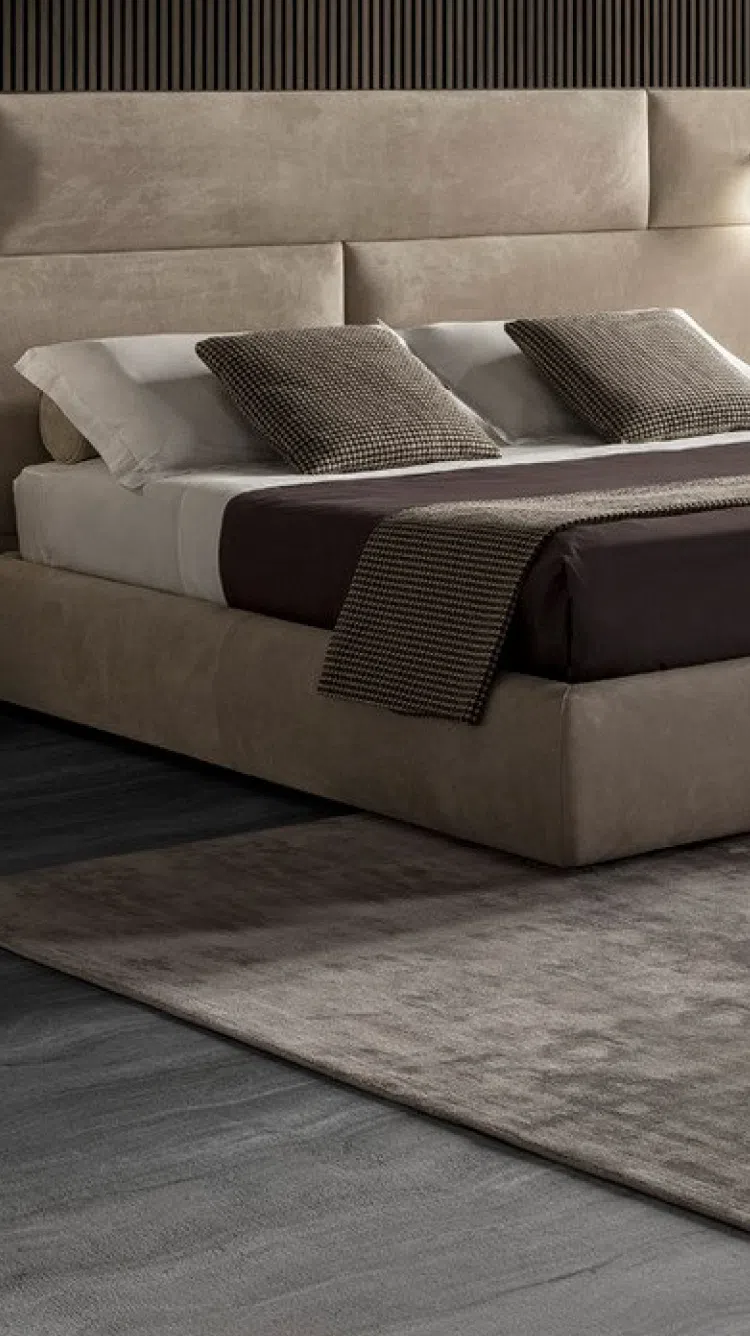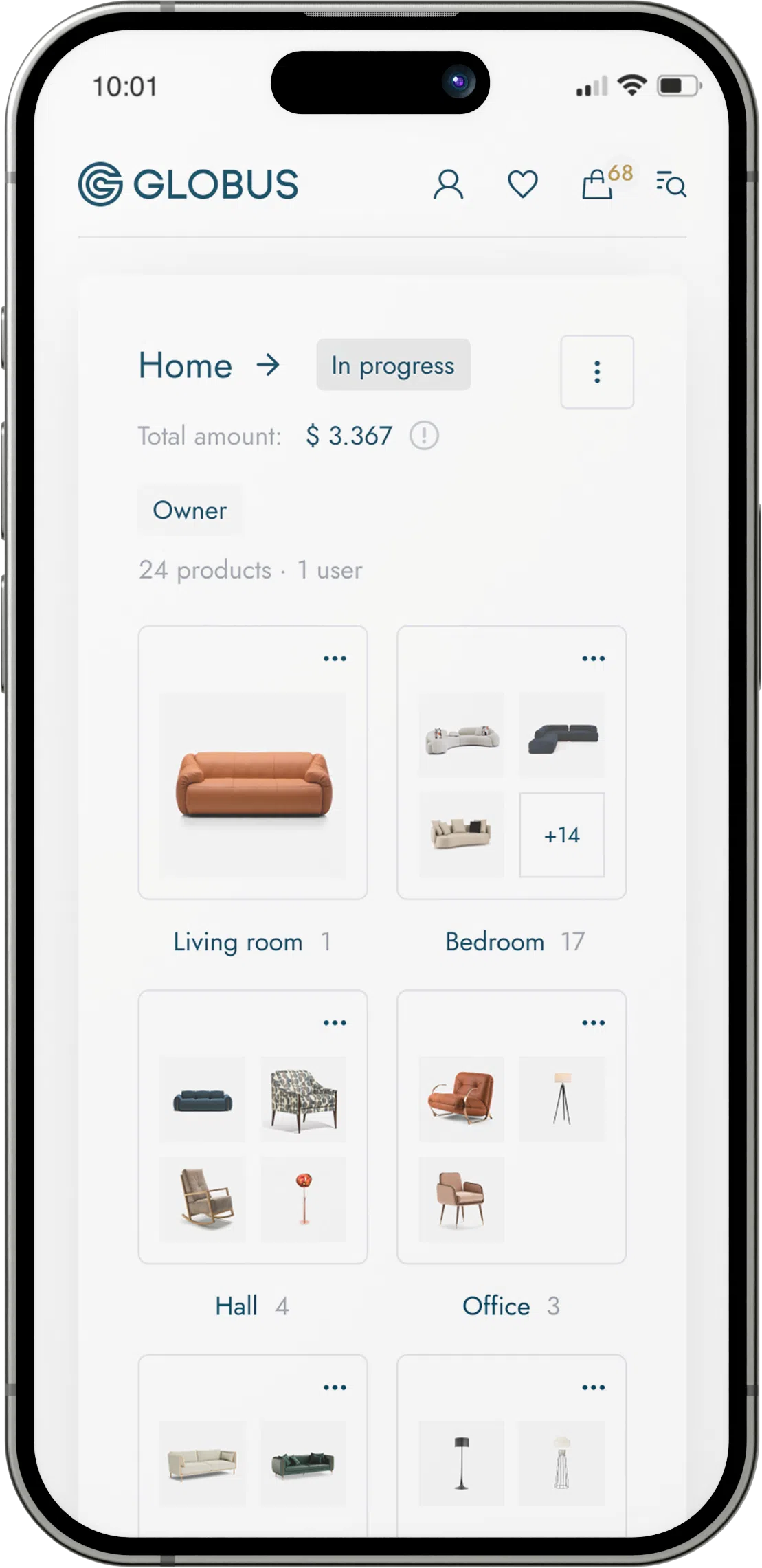
Rope as a material for furniture isn't common in the traditional sense of foundational furniture-making materials such as wood, metal, or plastic. However, it finds its use in various applications to add aesthetic appeal, structural support, or as a key component in certain types of furniture. When discussing rope in the context of furniture, we're generally referring to its use in items like hammocks, hanging chairs, or decorative weaving on the frames of chairs and tables. Here's an overview of rope material with respect to its use in furniture:
Types of Rope Material:
Natural Fibers: These include materials like manila, hemp, sisal, and cotton. Natural fiber ropes provide a rustic or natural look and can be very strong, but they are also susceptible to weather and can rot or mold if not treated or maintained properly.
Synthetic Fibers: Examples are nylon, polyester, and polypropylene. Synthetic ropes are resistant to water and rot, and they tend to have high strength and good durability. They're suitable for outdoor furniture due to their resilience to the elements.
Properties:
Strength: Depending on the material, rope can be incredibly strong, making it suitable for load-bearing parts of furniture such as the seat of a hammock or hanging chair.
Flexibility: Rope is inherently flexible, which can add comfort to seating furniture by allowing it to mold to the user's body.
Durability: Synthetic ropes, in particular, have good resistance to abrasion and can withstand extended use, but they might not degrade well environmentally.
Aesthetic: Rope can contribute natural textures and complex weaves which can add character and interest to furniture pieces. It can also be dyed or combined in different ways for various artistic effects.
Maintenance: Depending on the type, some rope may require more maintenance than others, with natural ropes generally requiring more careful maintenance to prevent degradation.
Uses in Furniture:
Structural Support: Rope may be used in tension for structural support in furniture, such as in hammocks, hanging chairs, or even as support systems in some avant-garde furniture designs.
Weaving and Wrapping: Sometimes, rope is used to weave the seats and backs of chairs or to wrap around a frame to create armrests or other decorative elements. This is common in wicker furniture as well.
Accent Details: Thin gauge ropes might be employed as accent details in furniture design, like wrapping the handles of a dresser or as a decorative trim on upholstered pieces.
Outdoor Furniture: Given the resistance of synthetic ropes to weather-related wear and tear, they are particularly well suited for outdoor furniture.
In practice, when choosing rope for furniture, one has to consider the intended use and the environment in which the furniture will be placed. For example, a hammock made with natural rope should ideally be used in a dry environment unless it has been treated for outdoor use. For a more weatherproof option, a synthetic rope like polyester would be more appropriate. As with all furniture materials, maintenance and care will extend the life of rope and help preserve its appearance and functionality.


